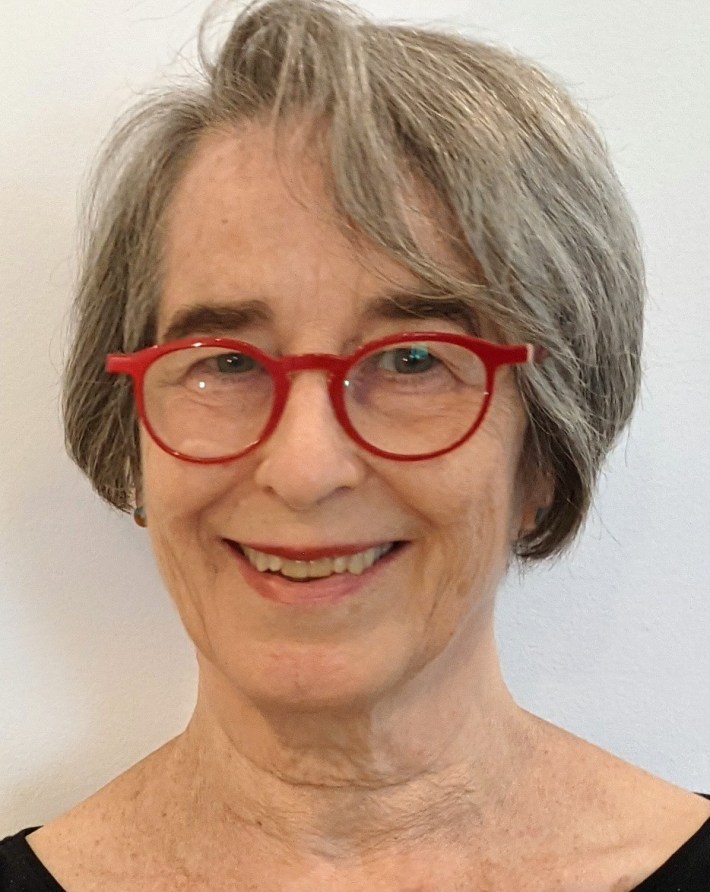Some ideas are so good they won’t go away. New Yorkers have been hankering for a car-free busway on 34th Street since 2008. This brilliant-in-its-simplicity notion (called Bus Rapid Transit, or BRT) never went anywhere — too much pushback from the private property-and-car-owner complex.
Until now.
Introducing an all-new proposal for a 34th Street BRT. Let’s get it over the finish line.
The timing is ripe — thanks to the opening of the Moynihan Train Hall, a gorgeous (if seatless) terminal that needs just one thing to become a true 21st-century transit hub: an east-west link able to quickly shuttle travelers to and from the front door. It’s a hike to the 34th-Street-Penn-Station subway hub, and planting a subway platform under Moynihan would take forever and cost a large fortune. (The MTA’s budget for extending the 7 subway line 1.5 miles from Times Square to Hudson Yards was $2.4 billion.) Converting 34th Street into a fast, cheap, reliable passenger pipeline mainly requires paint and political will.
And Moynihan isn’t the only magnet along 34th Street. The Javits Center, a vibrant retail corridor, and NYU Langone Medical Center are all there — along with their many, many bus-riding users, shoppers, tourists, and employees. As Gov. Hochul talks up her vision for a new and improved Penn Station, a car-free busway on 34th Street frankly becomes an imperative.
For those of us simply hoping to reach Macy’s, giving buses right of way would be reason enough to embrace a 34th Street BRT. Back when the idea was being kicked around the first time, some 17,000 bus passengers a day were traveling on the two-mile 34th Street corridor, despite pokey travel times, and the MTA was envisioning a two-way “transitway” with high-quality bus lanes, transit-signal prioritization, a fare-prepayment system, and other upgrades. Even though that package failed to move forward, in 2011 the MTA launched Select (express) bus service, with about 15 stops and somewhat faster travel times — yet traffic congestion has remained a major stumbling block.
Ridership fell during the pandemic, but if the 14th Street busway is any indication, it will bounce back once people can rely on the bus arriving and getting places on time. In 2019, when a pilot project upgraded the bus lanes on 14th and began steering other traffic away, the effect was stunning. Bus speeds rose by up to 24 percent. Similar busways are now whisking working-class and other New Yorkers along corridors in Queens and Brooklyn as well as Manhattan. No more lumbering in and out of stalled traffic like a dinosaur picking its way through rubble. As countless enthusiastic riders on 14th Street now boast, taking mass transit doesn’t have to take more time than it takes to walk.
That’s a real thing. According to the Citymapper app, at 6:39 p.m. on a recent Friday, traveling from 12th Avenue to First Avenue on 34th Street’s Select Bus Service would take 39 minutes. Walking would take 40.
Traffic jams are to blame. Keep in mind that a bus carrying around 70 passengers replaces 30 to 70 cars. If each car is about 15 feet long, a single bus relieves the road of a 450-to-600-foot-long blockage.
Fluid, reliable bus service — especially when buses are all-electric — gets us to a smoother-running city with fewer cars, traffic fatalities, and greenhouse gases; less air and noise pollution, and more breathing room for pedestrians and bicyclists.
Fast transit is also essential for a growing economy: It’s hard to get to work or a job interview on time if you can’t count on the bus. A key goal of the transit-riders movement is to reduce waiting times to six minutes. That can’t happen if buses are mired behind parked vehicles and blocked boxes. Buses need a car-free transitway. Those on 34th Street have a "dedicated" painted lane, but it is constantly being invaded by car and truck drivers — including many who stop to unload their vehicles.
I’ve been riding New York City buses since 2000, when my family moved to East 36th Street, and I’ve been a fan of city buses for much longer. I understand why some riders are resigned to long waits and iffy travel times; it’s called "learned helplessness." It was crushing to see the proposed 34th Street transitway die 11 years ago. But times have changed. Now there’s hope.
Mayor Adams says he’ll push for one of the largest bus lane networks in the world. Maybe he’s seen how beautifully a busway can work. Let’s make it happen on 34th Street.
Deborah Baldwin (@TransitDeb) is a New York writer and Riders Alliance activist. Riders Alliance will relaunch its Better Buses Initiative with a rally on Monday, Feb. 28, 11 a.m. at Brooklyn Borough Hall.







